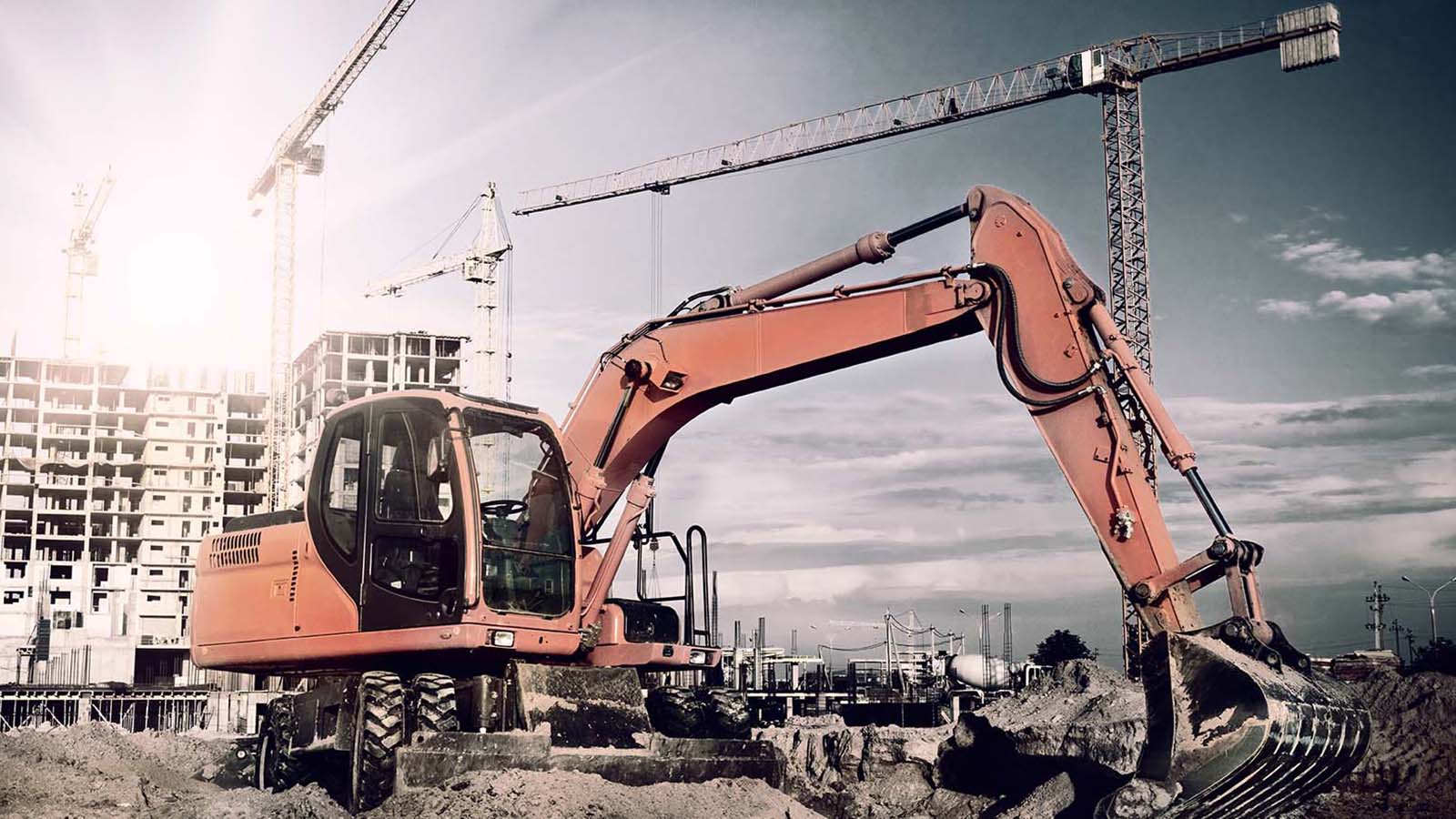How to Detect and Avoid Overpayments in Construction Projects
Related
Never miss a thing.
Sign up to receive our insights newsletter.

Taxpayers count on school districts to effectively monitor and control construction costs. That’s not always easy for districts to do. Without detailed reviews of invoices and appropriate recording and tracking of payments, overpayments may never be detected and construction project costs can get out of hand. Districts of all sizes should consider what steps they can put in place to avoid excessive costs for construction projects of any size.
Step One: Invoice Review
As invoices move from the contractor to the architect to the district, proper tracking and review is essential. Reviewing costs at a detail level for accuracy and compliance requires a committed focus and knowledge of the contract. Districts that do not have staff designated for this purpose may need to assign the job to district staff who have other responsibilities. Finding someone with the right skills set can come from many places in the district, but specific consideration should be given to involving someone from the facilities department or internal audit.
Make sure payments and costs are justified. Since the person responsible for paying invoices is often not the person receiving the good or services, it is imperative to validate the accuracy of the information prior to payment. Have you had a conversation with the architect-engineer to make sure the job progress is accurate and the overall charges are reasonable? Keep in mind that you are not only validating the accuracy of invoices, you are also looking at vendor compliance with contract terms such as wage rates, cost classification, change order processes and materials installed.
Make sure costs are calculated appropriately. A thorough invoice review should include these areas:
- Cost adjustments, including the effect a change order has on the cost of work, general conditions and completion date.
- Fee rates. Construction manager fees are often based on a percentage of the job. There can be issues if these amounts are not calculated appropriately.
- Insurance coverage and rates are often a percentage of total job cost. Ensure these are correctly calculated.
- Appropriate support for charges. Make sure amounts reported in line items are appropriate and in the right category.
Step Two: Payment
Once the invoice has been reviewed and verified, it can be sent on to the Business Office for payment. For Finance officers, once you receive that reviewed statement, there are some important things to keep in mind.
Use the right accounting period. Because of their complexity and the amount of time involved in the review process, it can take longer for construction statements to route approval and to the Business office for payment. During the months leading up to or following the end of a fiscal year, you will want to be sure costs and construction in progress are accounted for in the correct period. Construction pay applications typically show the period the work was performed. This detail is important to help determine the correct period in which the expenditure was incurred.
Track expenditures in the capital projects fund. When the approved expenditures are recorded, you to want to make sure that they are properly recorded according to how the project was budgeted. Keep in mind that you may want to track these costs according to how you will be recording your capital assets. For instance, you will likely want to track costs specifically related to any building construction separately from any furniture, equipment, or other items that will have different useful lives and will be capitalized separately at the end of the project.
Communicate at project completion. Costs paid over the course of a construction project should be capitalized as construction in process (“CIP”) until the project is complete. Throughout the project a liability for retainage is usually a component of a major construction project. This liability represents work performed and billed, but will not be paid until the completion of the project. The value of this retainage should be verified through the invoice review process, and included in the CIP costs at year-end along with the other costs that have been paid over the construction period.
At the end of a construction project good communication is critical. Finance will need to know when the project is completed and when retainage can be released for payment. This will be important so that CIP projects can be reconciled and appropriately capitalized as assets at the end of a project. This will also ensure that final payments to contractors are not made until all final punch list items are resolved and satisfactory project completion can be obtained.
Making sure these steps are in place and following them will help keep costs under control for school district construction projects of all sizes.
For more information, contact us. We’re here to help.
Authored by Dan Graves, CPA, and Nicole Bradshaw, CPA, CGMA.
©2022
